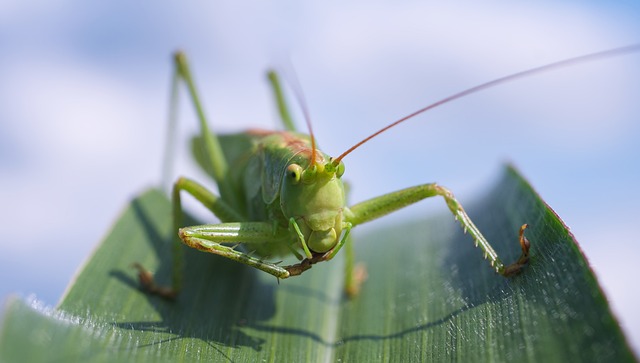
Overview of the Chapter
The poem "On the Grasshopper and the Cricket" by John Keats is part of the CBSE Grade 8 English curriculum. It explores the beauty of nature through the songs of the grasshopper and the cricket, symbolizing the persistence of life and joy in different seasons.
Key Theme: The poem highlights the eternal beauty of nature and how life continues to thrive through the changing seasons, represented by the grasshopper (summer) and the cricket (winter).
Summary of the Poem
The poem begins with the description of a hot summer day where the grasshopper sings joyfully, hopping from hedge to hedge. When tired, it rests beneath a pleasant weed. The second part shifts to winter, where the cricket's song is heard from the stove, bringing warmth and comfort. The poet suggests that the songs of these tiny creatures keep the spirit of nature alive throughout the year.
Literary Devices Used
- Personification: The grasshopper and cricket are given human-like qualities, such as singing.
- Imagery: Vivid descriptions of summer and winter scenes create a strong visual impact.
- Symbolism: The grasshopper and cricket symbolize the continuity of nature's music across seasons.
Important Questions
- How does the poet contrast the grasshopper and the cricket in the poem?
- What message does the poet convey through the songs of these insects?
- Identify and explain the use of personification in the poem.
Poet's Message: John Keats emphasizes that nature's beauty and joy are everlasting, regardless of the season, through the voices of the grasshopper and cricket.
